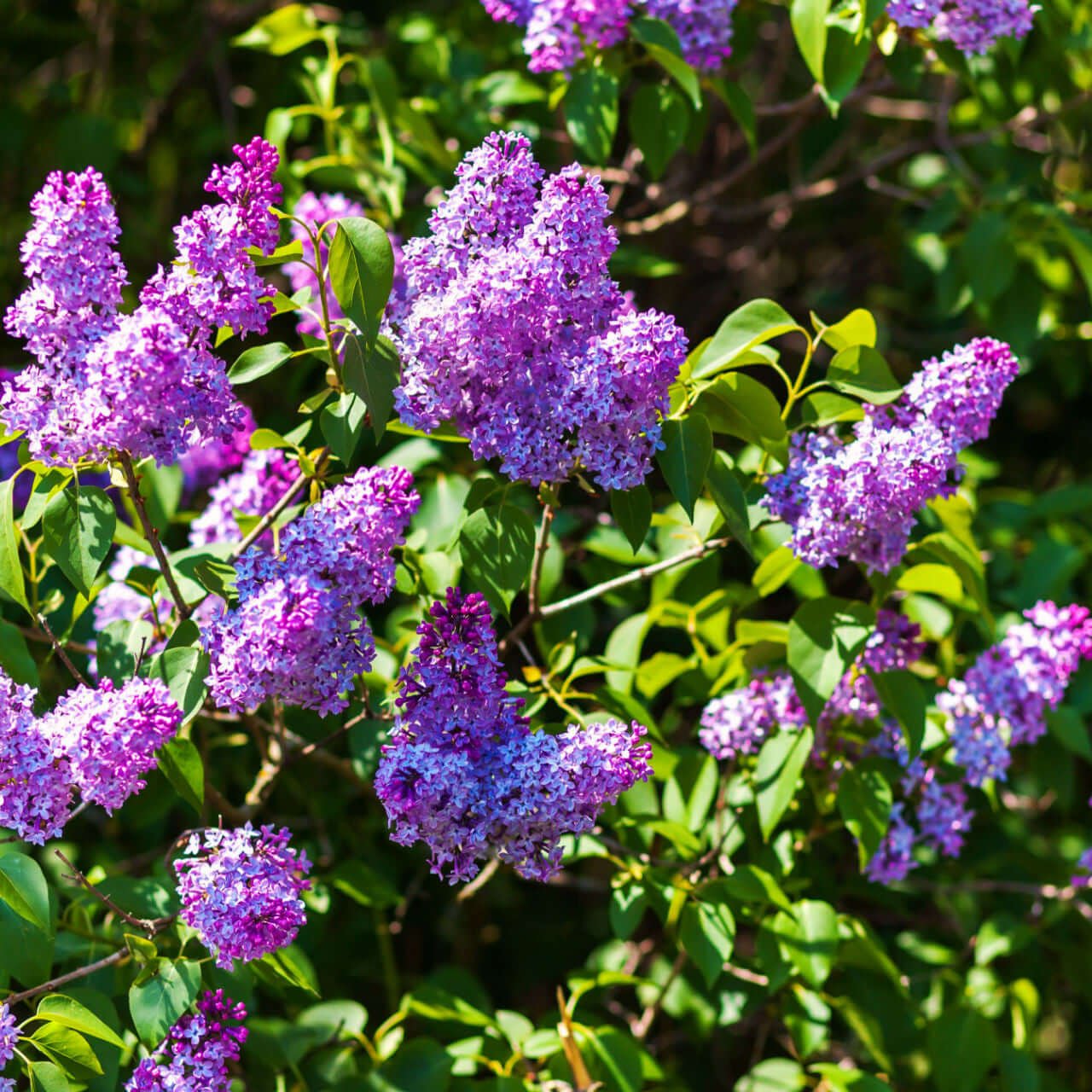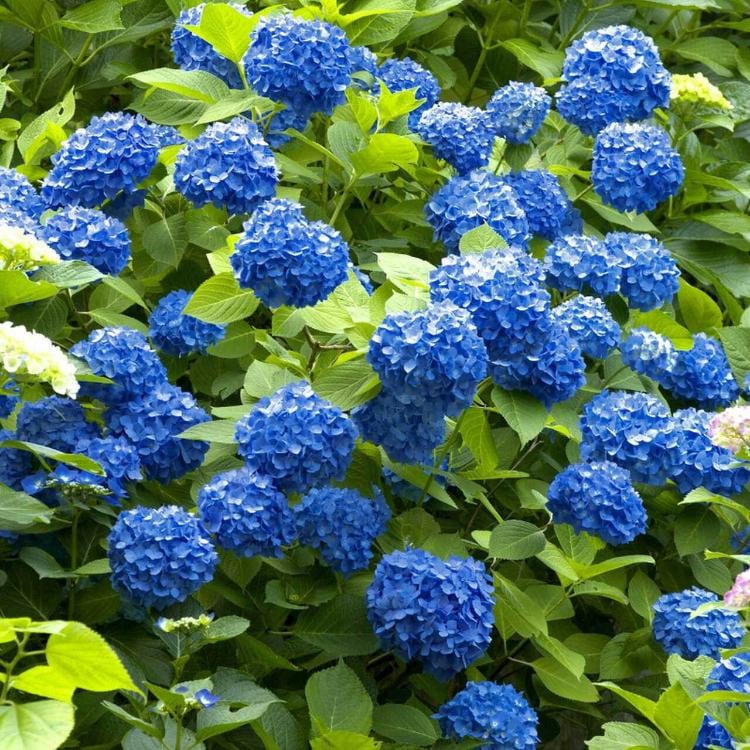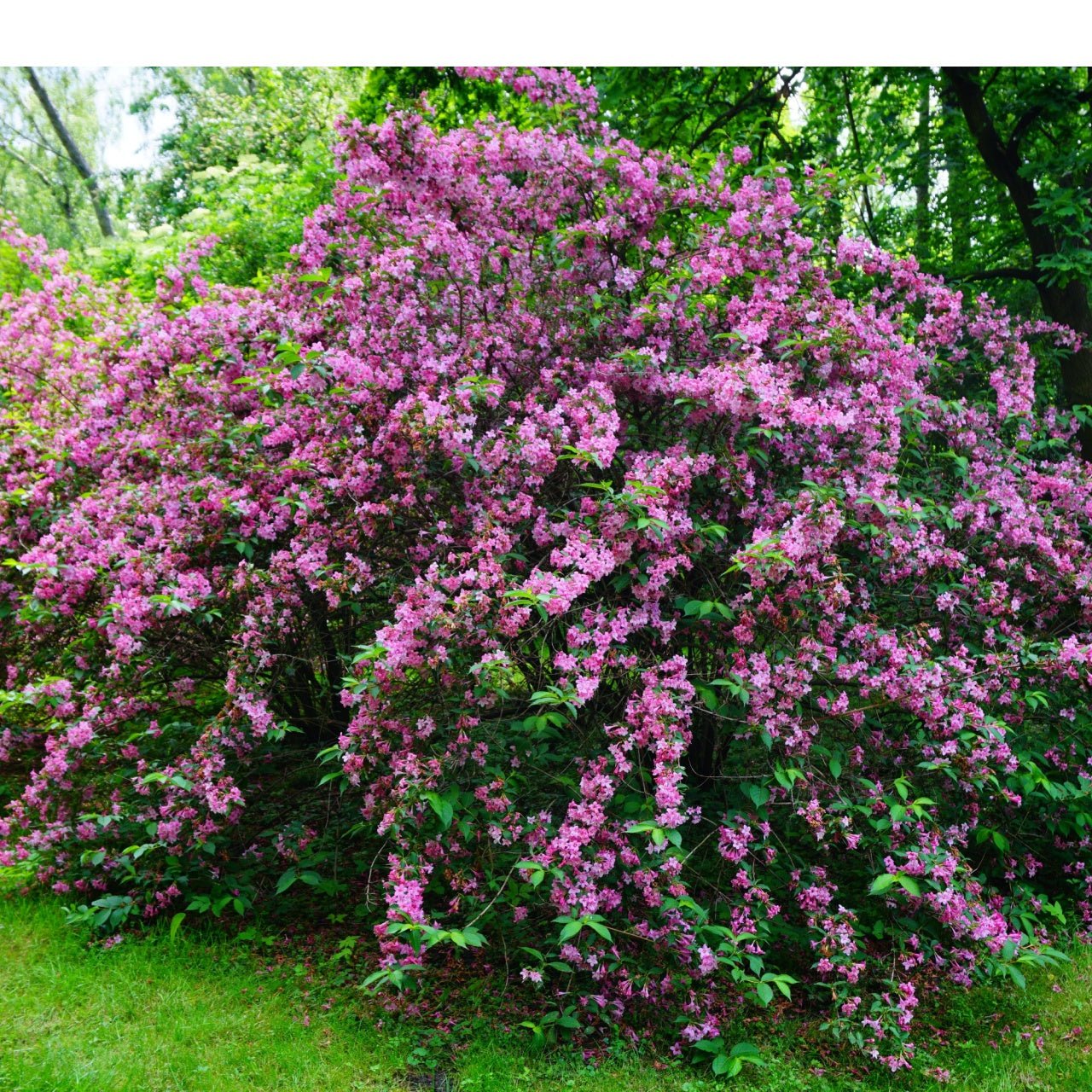Flowering shrubs are diverse plants that bring vibrancy, color, and texture to gardens and landscapes. These versatile and often low-maintenance plants offer many benefits, making them popular among gardeners and landscapers. From enhancing curb appeal to providing habitat for wildlife, flowering shrubs are a valuable addition to any outdoor space.
This article will explore the world of flowering shrubs, their characteristics, widespread species, cultivation tips, and their numerous advantages to horticultural and ecological settings.
Characteristics of Flowering Shrubs:
Flowering shrubs are woody plants that, as the name suggests, produce attractive and often fragrant flowers. Unlike trees, shrubs generally have multiple stems arising from the base, creating a bushier growth habit.
This characteristic makes them ideal for creating hedges, borders, focal points, or even standalone ornamental features in gardens. One of the significant advantages of flowering shrubs is their varied bloom times, which can span from early spring to late fall, ensuring a continuous display of colors throughout the growing season.
Popular Species of Flowering Shrubs: Roses (Rosa spp.): Roses are perhaps the most iconic flowering shrubs, known for their exquisite beauty and captivating fragrances. They come in various colors, sizes, and forms, making them suitable for multiple garden styles.
Hybrid Tea, Floribunda, and Climbing roses are standard categories. Azaleas (Rhododendron spp.): Azaleas are prized for their stunning spring blooms that range from pure white to deep reds and purples. They prefer acidic soil and can be grown as foundation plants, borders, or containers.
Lilacs (Syringa spp.): Lilacs are renowned for their fragrant, tubular flower clusters in late spring. They come in different sizes and colors, with the common lilac (Syringa vulgaris) being a classic choice.
Hydrangeas (Hydrangea spp.): Hydrangeas are beloved for their large, showy flower heads that can change color based on soil pH. They thrive in partially shaded areas and are available in mophead, lace cap, and panicle varieties.
Forsythia (Forsythia spp.): Forsythia is an early bloomer, producing brilliant yellow flowers in late winter to early spring before its leaves emerge. Its arching branches make it an excellent choice for naturalistic landscapes.
Butterfly Bush (Buddleja spp.): True to its name, the butterfly bush attracts many butterflies with its cone-shaped clusters of fragrant flowers. It's a fast-growing shrub that blooms from summer to fall.
Weigela (Weigela spp.): Weigela offers tubular flowers in various shades, including pink, red, and white. These trumpet-like blooms appear in late spring and attract hummingbirds and pollinators.
Cultivation Tips for Flowering Shrubs:
- 1. Site Selection: When planting flowering shrubs, consider the specific sunlight and soil requirements of the chosen species. Some shrubs prefer full sun, while others thrive in partial shade. Soil pH and drainage are crucial to ensure optimal growth and flowering.
- 2. Soil Preparation: To improve its structure and fertility, prepare the planting area by incorporating organic matter into the soil. This will promote healthy root growth and overall plant vigor.
- 3. Planting: Dig a hole slightly larger than the shrub's root ball. Remove the plant from its container, ensuring the roots are not tightly bound. Place the shrub in the hole at the same depth in the container and backfill it with soil, gently firming it around the roots.
- 4. Watering: Proper watering is essential, especially during establishment. Provide adequate water to keep the soil consistently moist but not waterlogged. Once established, most flowering shrubs are relatively drought-tolerant.
- 5. Mulching: Apply a layer of mulch around the base of the shrub to conserve soil moisture, suppress weeds, and regulate soil temperature.
- 6. Pruning: Regular pruning helps maintain the shape, size, and overall health of flowering shrubs. Some shrubs, like lilacs and forsythias, benefit from post-bloom pruning, while others, like butterfly bushes, are best pruned in late winter or early spring.
- 7. Fertilizing: Periodic fertilization may be necessary depending on the soil quality and the specific shrub's needs. Use a balanced, slow-release fertilizer to encourage healthy growth and abundant flowering.
Cultivating flowering shrubs offers a range of benefits that contribute to the health, beauty, and sustainability of garden landscapes. These cultivation tips promote the optimal growth and flowering of shrubs and support the overall well-being of the garden ecosystem.
- 1. Enhanced Growth and Flowering: Proper cultivation practices, such as selecting the right planting site, preparing nutrient-rich soil, and providing adequate water, result in healthier shrubs that produce more abundant and vibrant blooms. This enhances the landscape's aesthetic appeal and provides a visual feast of colors and textures.
- 2. Sustainable Landscaping: Cultivating flowering shrubs aligns with sustainable gardening practices. Enriching the soil with organic matter and using mulch improves water retention, reducing the need for frequent irrigation. This conserves water resources and minimizes the environmental impact of gardening.
- 3. Biodiversity Promotion: Flowering shrubs attract a diverse array of pollinators such as bees, butterflies, and hummingbirds. By cultivating shrubs that provide nectar and habitat, gardeners contribute to conserving these essential pollinator species, thereby supporting biodiversity in their local ecosystems.
- 4. Soil Health: The cultivation tips, including proper soil preparation and mulching, enhance soil structure, nutrient availability, and microbial activity.
- Healthy soil benefits the shrubs and improves the garden's overall health by fostering a balanced and resilient ecosystem.
- 5. Erosion Control: Well-established shrubs with solid root systems help prevent soil erosion, especially on slopes or in areas prone to runoff. This stabilizes the soil structure, prevents loss of fertile topsoil, and mitigates land degradation risk. Carbon sequestration, helping combat climate change. Advantages of Flowering Shrubs:
Aesthetic Appeal: Flowering shrubs add visual interest and curb appeal to landscapes with their vibrant blooms and diverse foliage. They can serve as focal points, borders, or background plants in garden designs.
Wildlife Habitat: Many flowering shrubs attract pollinators like bees and butterflies, enhancing biodiversity in the garden. Additionally, shrubs with berries provide food for birds and small mammals. Privacy and Screening: Taller flowering shrubs can create natural screens, offering privacy from neighbors or street views.
Low Maintenance: Once established, most flowering shrubs require minimal care, making them suitable for novice and experienced gardeners. Seasonal Interest: With their varied bloom times, flowering shrubs ensure that there's always something in bloom throughout the growing season, maintaining visual appeal. Erosion Control: The root systems of shrubs help stabilize soil on slopes and prevent erosion, making them valuable for landscaping in challenging terrain.
Environmental Benefits:
Flowering shrubs contribute to air purification, carbon sequestration, and environmental health. In conclusion, flowering shrubs are a diverse and captivating plant group that offers numerous benefits to gardens and landscapes. Their array of colors, sizes, and growth habits provide endless possibilities for enhancing outdoor spaces. You can enjoy the beauty and rewards of flowering shrubs in your garden by selecting the appropriate species for your region and following proper cultivation practices. Whether aiming to create a picturesque backyard retreat or a wildlife-friendly haven, flowering shrubs are essential to a well-balanced and vibrant landscape.
TN Nursery can help you choose a flowering shrub based on your needs. Give us a call at 931.692.7325 and our staff can help you with your selection.
Read more
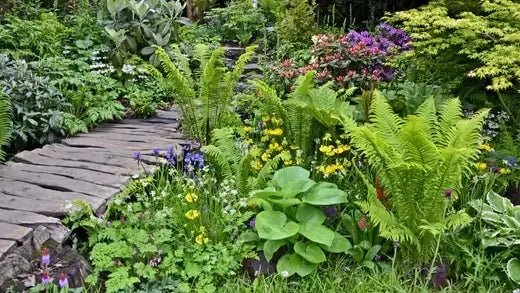
There are a variety of plants that you can grow in your bog garden to make it look natural. You can plant ferns, grasses, sedges, plants, and almost any kind of plant that loves moisture. You can p...
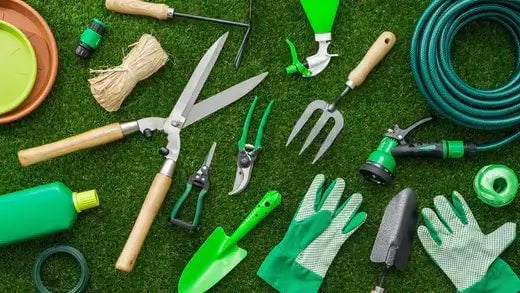
Every gardener should invest in good quality essential tools to maintain the garden. Some of the standard tools are essential for day-to-day garden activities.They can help in accomplishing the ta...



